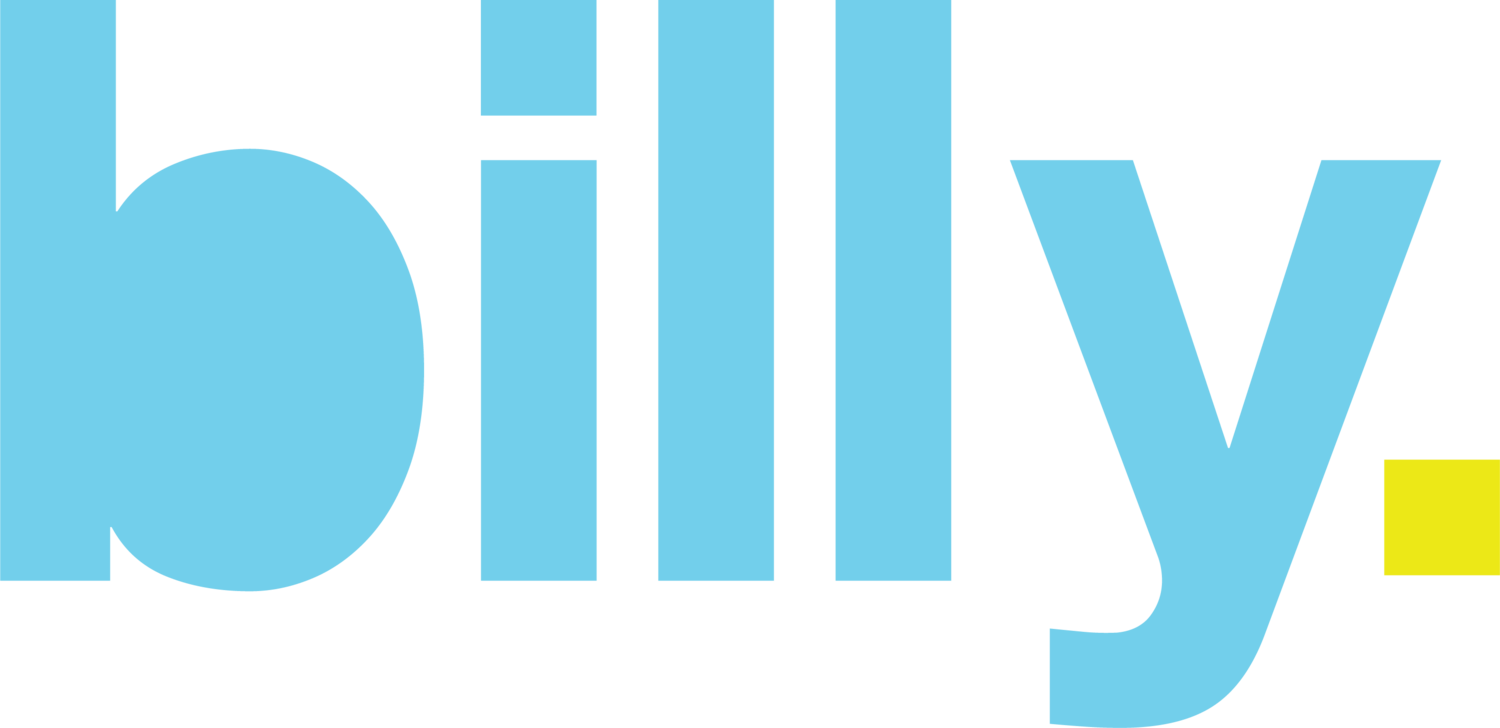There has been a strong swing toward social media as the primary marketing channel for many tourism and travel brands over the last decade. Not just for those with larger budgets such as the airlines, hotels and tourism bodies, but particularly for smaller destinations and operators including many of Australia’s local indigenous tourism businesses whose marketing budgets can’t compete with the bigger players. This has been because social media in its earliest incarnation required a comparatively smaller investment in marketing.
The question now for many boards and CEOs is whether this heavy reliance on social media is the optimal use of their marketing budgets, particularly now that many of these social media channels are being strongly commercialised and are coming under increasing scrutiny around how they are managing the data they hold.
A decade ago many tourism marketers saw a first mover advantage off the back of the popularity of Facebook and Instagram. There was also the rise of social influencers to support brands on those channels. And then there was the increasing spending power of the experience-seeking millennials who loved scrolling through social sites to figure out where to go on holidays. One survey showed that four in 10 of them prioritised “Instagrammability” when choosing a holiday destination, and another that nine in 10 determined their travel plans based on content posted online by their peers.
The millennials were also uber-sharers of their holidays, with a further survey saying that 97 per cent of them posted videos or photos from their trips on social media. Add in those initial cost efficiencies, the power of TripAdvisor and Google’s consumer-driven reviews and recommendations, and the fact that word of mouth has always been the strongest form of communication, and it is little wonder that social media quickly became tourism marketers’ preferred media channel.
The success stories were immediate and lauded. With a marketing budget of a little more than $1 million, Tourism and Events Queensland’s “Best Job in the World” campaign created an instant conversation, going viral via social media globally, with 35,000 people applying for the job and some $430 million of global PR value gained. And it more than ticked off the marketing objective of raising awareness of Great Barrier Reef tourism experiences.
Other tourism brands turned to social media to deliver a better customer service experience. It soon became quicker to get a response to a question or complaint with an airline or a hotel on Twitter than it did waiting on hold to talk to a call centre operator. Others used it to listen and learn from travellers, and some realised the value of the data derived from social media.
And some of the smaller tourism businesses with limited access to marketing resources were able to find a larger voice by promoting themselves on major tourism destination social media feeds, often in conjunction with a well-respected social influencer.
This has been true of many of Australia’s indigenous tour companies and tourism attractions. In April this year, Lirrwi, an Aboriginal owned and accredited tour operator in North East Arnhem Land, benefited from an Instagram post by Australian photographer Melissa Findley which received close to 4000 likes, and a further 3000 likes when it was reposted by Tourism Northern Territory. The next opportunity for this type of marketing is to add Instagram’s new action buttons to the posts, which would enable would-be tourists to book directly without leaving the app.
Similarly, the Quandamooka Yoolooburrabee Aboriginal Corporation, manager of the camping sites on North Stradbroke Island, was the beneficiary of a visit by international music artist Usher in November 2018. It was reported that Usher met up with the Quandamooka people to learn more about their rich history and culture, and was honoured to be painted by them in traditional dress.
Afterwards Usher posted a picture of this (below) which quickly went viral around the world, with over 140,000 likes and close to 3000 comments. Locals, and local and state tourism entities connected to North Stradbroke Island, were quick to continue the social media conversation, highlighting links to the tour that Usher had taken, as well as their excitement and appreciation of his visit. The genuine nature of these posts backed up the findings of recent research by Booking.com, which showed that travellers were looking for “different and authentic experiences” and “to add more purpose to their trips”.
The question for tourism businesses big and small in 2019 is how much they should continue to rely on social media. Not only is the quality of the content continually needing to improve to see results like those of Lirrwi and QYAC, but major platforms like Facebook, Instagram and Google are continuing to monetise their feeds and data. On top of this, all of the latest research on the most effective marketing campaigns in any category shows that those campaigns used on average 10 media channels, not one or two.
Australian tourism brands need to look no further than last year’s highly successful “Dundee Movie” campaign for Tourism Australia to highlight that point. While the campaign launched on social media as a teaser, and then featured a movie trailer online and on TV with a strong PR element and trade support, the big impact was a Super Bowl television ad that became the most watched Super Bowl ad that year.
Afterwards the campaign was backed up with major outdoor advertising in the US. The multi-channel campaign resulted in an 11.5 per cent increase in Australian visa applications from would-be US travellers, and a 30 per cent increase in sales to the trade.
Social media is continuing to evolve in today’s tech-enabled marketing landscape. The opportunities for marketers, particularly in the tourism industry, are there to be unlocked. The trick to maximising results is to ensure that they are part of a well-balanced marketing mix, rather than a one-off or standalone channel.

